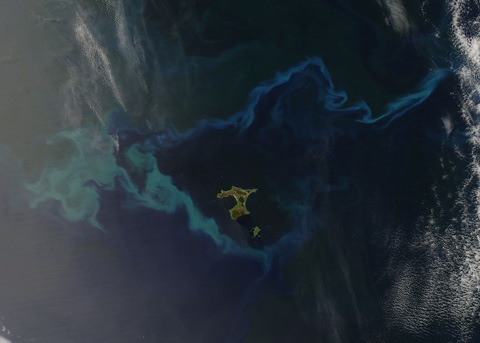 Climate news doesn’t just turn up in an RSS feed; sometimes it jumps right into your lap. A day or two ago, I discovered that a new paper about sea temperatures around New Zealand during the Eocene (50 million years ago) has significant implications for climate modelling and is based on fieldwork done very close to my home. Stuff reports:
Climate news doesn’t just turn up in an RSS feed; sometimes it jumps right into your lap. A day or two ago, I discovered that a new paper about sea temperatures around New Zealand during the Eocene (50 million years ago) has significant implications for climate modelling and is based on fieldwork done very close to my home. Stuff reports:
Using sedimentary rocks from the bed of the Waipara River in North Canterbury, an international research group led by GNS Science palaeontologist Chris Hollis has reconstructed ancient sea temperatures. They found surface sea water exceeded 30 degrees Celsius, and water at the sea floor hovered around 20ºC during an episode of greenhouse gas-induced global warming that lasted for between two million and three million years. “These temperatures are at the extreme end of modern tropical water masses,” Dr Hollis said. Year-round sea surface temperatures of 25ºC to 30ºC are today found only at the equator.
At the time, New Zealand was much closer to the South Pole — below 50ºS — yet supported tropical flora and fauna. (GNS press release here).




